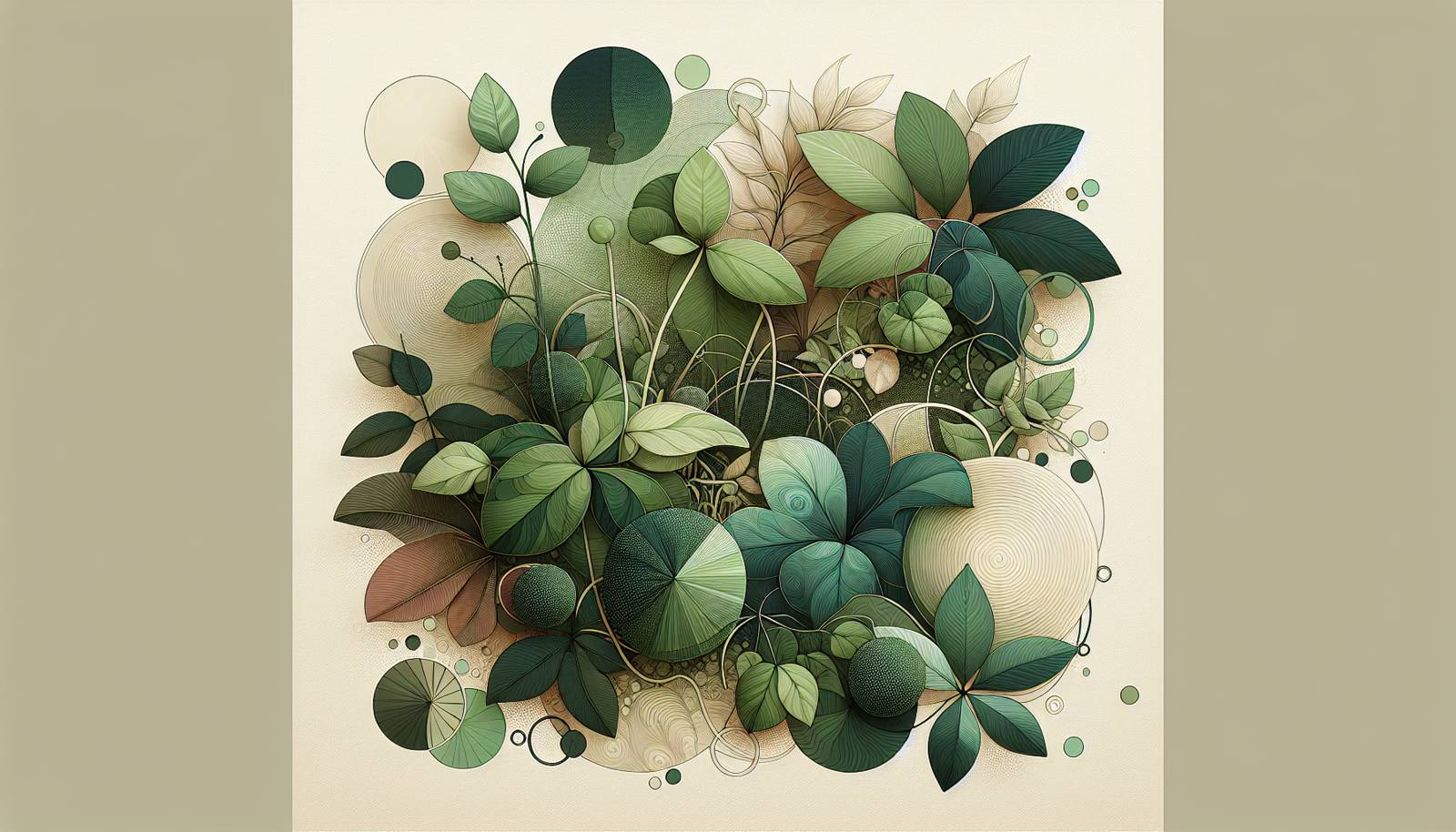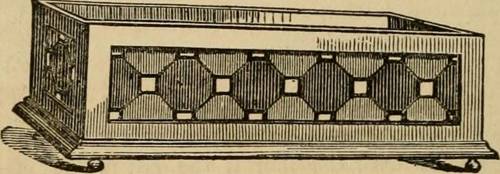
FAQ About Indoor Plant Care for Different Life Stages

What are the initial light requirements for indoor plant seedlings?
Indoor plant seedlings generally require bright but indirect light to thrive. Direct sunlight can be too harsh and might cause damage to the tender new growth. Using a grow light can be beneficial as it can provide the consistent lighting that seedlings need. Position the light 2-3 inches above the seedlings to start and adjust as they grow to prevent stretching.

How often should I water my seedlings?
Seedlings require a higher moisture content in the soil compared to mature plants because they are in a crucial growth stage. It is important to keep the soil consistently moist but not waterlogged. Light, frequent watering is best, and be sure to have good drainage to prevent root rot.

When is the right time to transplant seedlings into larger pots?
Seedlings are typically ready to be transplanted when they have developed a strong root system and have grown at least two to three true leaves (beyond the initial seed leaves). This usually occurs a few weeks after germination. Transplant them carefully to avoid damaging the delicate roots.

How do the light requirements change as plants mature indoors?
As indoor plants mature, their light requirements may vary depending on the species. Generally, most mature plants require more light than seedlings, but they can often tolerate a wider range of light conditions. Placing them closer to windows that receive indirect light or using adjustable grow lights can aid in meeting their needs.

What is the best way to water mature indoor plants?
Mature indoor plants generally require less frequent watering than seedlings but need to be watered more thoroughly. Allow the top inch of the soil to dry out between watering sessions. Ensure that pots have drainage holes and that excess water can escape to prevent root rot.

What are signs that a plant needs more or less water?
If an indoor plant needs more water, you might notice wilting, dry soil, or shriveling leaves. Conversely, if a plant is overwatered, symptoms might include yellowing leaves, soggy soil, or the presence of mold. Adjust your watering schedule based on these signs.

How can I manage the humidity requirements for my indoor plants?
Different plants have varying humidity requirements. For plants needing high humidity, you can mist them regularly, use a humidity tray, or invest in a humidifier. Ensure your plants are grouped together if they have similar humidity needs to create a micro-environment that retains moisture.”

Why is it important to understand the growth stages of indoor plants?
Understanding the growth stages of indoor plants is crucial because their requirements for light, water, and nutrients change as they mature. Tailoring your care strategies to the plant's current stage will promote healthy growth and prevent issues related to over or under-care.

How do nutrient needs change from seedlings to mature plants?
Seedlings generally have lower nutrient requirements compared to mature plants, which rely more on regular feeding to sustain growth. Initially, soil mixes for seedlings are often nutrient-rich. Later, mature plants benefit from a balanced fertilizer applied according to the specific needs of the species.

What should I consider when choosing potting soil for different growth stages?
The choice of potting soil should match the plant's growth stage and specific needs. Seedlings thrive best in a light, well-draining seed-starting mix to avoid root decay. As plants mature, they may require a richer soil mix with more nutrients or drainage amendments.

How can temperature variations affect indoor plants at different stages?
Temperature plays a vital role in the growth of indoor plants. Seedlings are often sensitive to cold and require a stable, warm environment to thrive. Mature plants may tolerate a broader range of temperatures but still need protection from rapid changes or drafty areas.

Why might a mature indoor plant require pruning?
Pruning is beneficial for mature indoor plants as it helps to remove dead or diseased parts, encourages healthy new growth, and maintains a desirable size and shape. Regular pruning also helps to improve air circulation within the plant.

How should I care for a plant that is flowering indoors?
Flowering indoor plants typically need more nutrients and specific light conditions to ensure the blooms develop well. Ensure they have adequate light and consider using a phosphorus-rich fertilizer to promote flowering. Regularly dead head spent flowers to encourage further blooming.

What is the role of pot size at different stages of plant growth?
Pot size is crucial at different growth stages; small pots are adequate for seedlings while root development is minimal. As plants grow, they will need larger pots to accommodate the expanding root system, which prevents the plants from becoming root-bound and stressed.

How can inadequate lighting affect different life stages of indoor plants?
Inadequate lighting can cause seedlings to become leggy as they stretch towards available light, potentially leading to weak stems. For mature plants, poor lighting can result in stunted growth, loss of foliage color, and reduced flowering. Ensuring proper lighting for each stage promotes healthy development.

What role does airflow play in indoor plant care?
Good airflow helps prevent fungal diseases by reducing humidity levels around plant leaves and promotes transpiration. It is especially important as plants mature when they have a denser leaf mass. Fans or strategic placing in well-ventilated areas can help enhance airflow.

How do I acclimate indoor plants when changing their location?
When changing the location of your indoor plant, acclimate them gradually to prevent shock. Start by moving them to the new spot for a few hours a day and gradually increase the time over a week. This allows plants to adjust to the new light, temperature, and humidity conditions.

How can I identify pests common to different life stages?
Common pests that affect indoor plants at various stages include aphids, spider mites, and fungus gnats. Check seedlings regularly for these pests as they are more vulnerable at this stage. For mature plants, mealybugs and scale insects are also common. Ensure regular inspection and treatment as needed to prevent infestations.

What are some signs of nutrient deficiencies in indoor plants?
Nutrient deficiencies often manifest as yellowing leaves, stunted growth, or poor flowering. For instance, nitrogen deficiency leads to yellowing of lower leaves, while a lack of phosphorus can cause darkened or purple-tinted leaves. Address deficiencies by adjusting the fertilization routine based on the plant's specific needs.

How important is cleaning leaves during different growth stages?
Cleaning leaves is crucial for photosynthesis and pest prevention. For seedlings, you might not need much cleaning beyond gentle misting. As plants mature, regularly wipe leaves with a damp cloth to remove dust and allow maximum light absorption, which is vital for plant health.
